Peru's Gold Industry Faces $200 Million Loss Due To Mining Restrictions
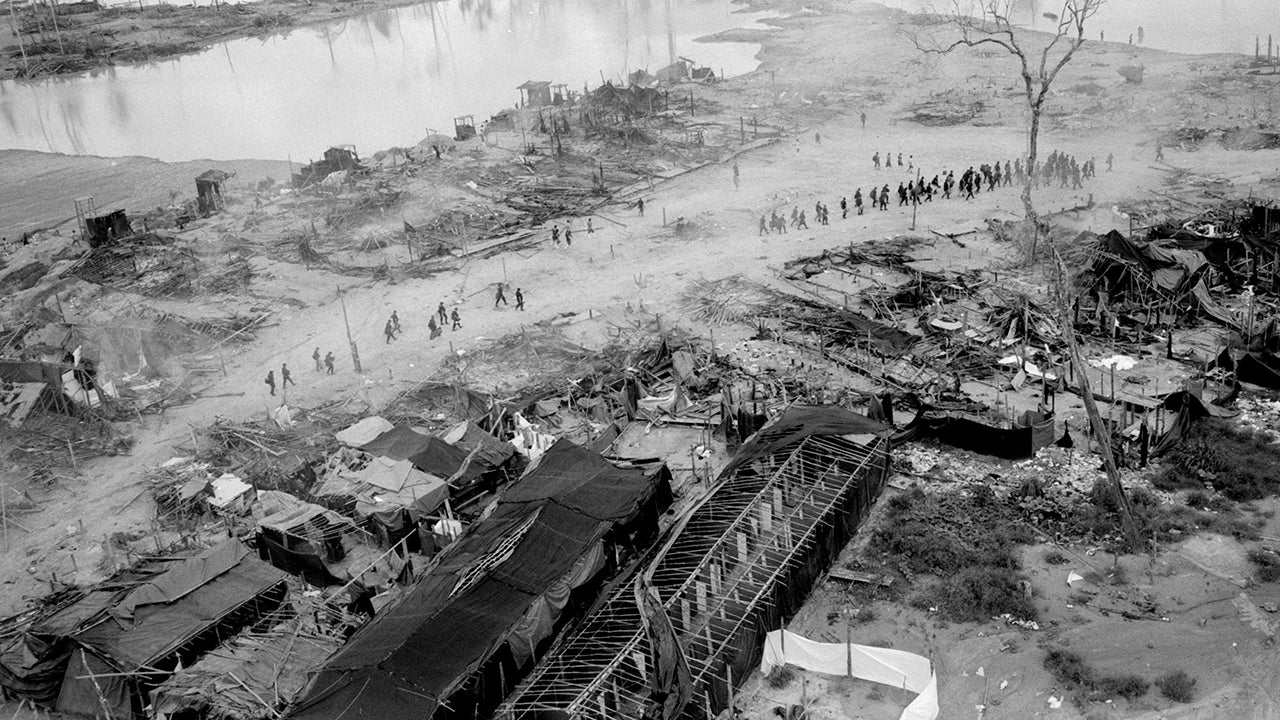
Table of Contents
The Impact of New Mining Regulations on Gold Production
The newly implemented mining regulations have significantly impacted gold production in Peru, primarily through stricter environmental controls and heightened requirements for social impact assessments.
Stricter Environmental Regulations
The increased scrutiny of mining practices has resulted in numerous challenges for the gold mining sector:
- Delays in project approvals: More rigorous environmental impact assessments (EIAs) and permitting processes lead to substantial delays in project commencement, hindering production timelines and increasing overall project costs. This impacts both new projects and expansions of existing mines.
- Higher compliance costs: Meeting the stricter environmental standards necessitates significant investments in new technologies and operational changes, escalating compliance costs for existing mines and reducing profitability. This includes investments in water treatment facilities, waste management systems, and monitoring equipment.
- Restrictions on water usage and waste disposal: Limitations on water consumption and stringent regulations on waste disposal directly impact operational efficiency, particularly in arid regions where water scarcity is already a concern. This can lead to production cutbacks or even temporary mine closures.
- Increased bureaucratic hurdles: The complex and often lengthy permitting process has created substantial bureaucratic hurdles, slowing down the approval of new projects and expansions. This added complexity increases the financial risk and uncertainty associated with gold mining investments in Peru.
- Limitations on cyanide use: Regulations limiting or banning the use of cyanide, a common reagent in gold extraction, have forced mining companies to explore alternative, often more expensive and less efficient, extraction methods. This directly impacts production yields and profitability.
Social Impact Assessments and Community Consultations
The enhanced focus on social responsibility has introduced complexities into the mining process:
- Lengthy and complex consultations: Before commencing operations, mining companies are now required to undertake lengthy and often complex consultations with local communities. This process can be time-consuming and costly.
- Increased costs associated with community engagement: Building trust and addressing community concerns necessitates substantial investments in community engagement programs, conflict resolution initiatives, and transparent communication strategies.
- Potential for delays and project cancellations: Unresolved social conflicts or negative perceptions within the community can lead to significant delays or even the cancellation of mining projects, resulting in substantial financial losses.
- Examples of community disputes: Several recent examples demonstrate how community disputes over land rights, environmental concerns, or perceived lack of benefits have halted or significantly delayed major gold mining projects in Peru.
Economic Consequences for Peru's Gold Industry
The tightened regulations have far-reaching economic consequences for Peru's gold industry:
Decline in Gold Exports
The reduction in gold production directly translates into a decline in gold exports:
- Projected decrease in gold exports: The projected $200 million loss is largely attributed to decreased gold exports, impacting the country's foreign exchange earnings and overall economic growth.
- Reduced government revenue: Lower gold production leads to a decrease in government revenue from mining royalties and taxes, potentially affecting public services and infrastructure development.
- Potential job losses: Reduced mining activity may result in job losses within the gold mining sector, affecting both directly employed workers and those in related industries.
- Analysis of export data: Analysis of recent export data confirms a downward trend in gold exports from Peru, supporting the projected $200 million loss.
Impact on Small-Scale and Artisanal Miners
Artisanal and small-scale gold miners are disproportionately affected by these new regulations:
- Disproportionate impact on artisanal miners: Lacking the resources and expertise to comply with the stricter environmental and social regulations, artisanal miners often face significant challenges.
- Increased illegal mining activities: Restricted access to legal mining may drive artisanal miners towards illegal activities, resulting in environmental degradation and social instability.
- Potential for environmental degradation: Unregulated artisanal mining practices often lead to severe environmental damage, including deforestation, water pollution, and soil erosion.
- Social and economic challenges: Artisanal miners already face significant social and economic challenges, and the stricter regulations exacerbate these difficulties, potentially pushing them further into poverty.
Potential Solutions and Future Outlook for Peru's Gold Industry
Addressing the current challenges requires a multi-faceted approach focusing on regulatory improvements, community engagement, and sustainable mining practices:
Improving Regulatory Efficiency
Streamlining the permitting process and reducing bureaucratic delays is crucial to minimize the time and cost associated with project approvals. This includes simplifying procedures, improving transparency, and leveraging technology to expedite approvals.
Strengthening Community Engagement
Fostering collaborative partnerships between mining companies and local communities is vital for resolving conflicts and ensuring that mining projects benefit all stakeholders. This involves investing in transparent communication, participatory decision-making processes, and fair benefit-sharing mechanisms.
Promoting Sustainable Mining Practices
Encouraging the adoption of environmentally friendly technologies and practices is essential for minimizing the environmental impact of gold mining. This includes investing in research and development, providing incentives for sustainable practices, and enforcing environmental regulations effectively.
Supporting Artisanal Miners
Providing training, financial assistance, and access to markets for artisanal miners is critical to help them comply with regulations and improve their livelihoods. This involves supporting cooperatives, providing technical assistance, and creating formal channels for the sale of their gold.
Conclusion
Peru's gold industry is undeniably facing a significant challenge with the projected $200 million loss due to the stringent mining restrictions. While environmental protection and social responsibility are paramount, the current regulatory framework needs to strike a balance between these goals and the economic viability of the industry. Improving regulatory efficiency, strengthening community engagement, and promoting sustainable mining practices are crucial steps towards ensuring the long-term health and prosperity of Peru's gold industry. The government, mining companies, and local communities must collaborate to find solutions that address environmental concerns while supporting the economic contributions of this vital sector. Investing in sustainable practices and collaborative solutions is the key to a thriving future for Peru's Gold Industry.

Featured Posts
-
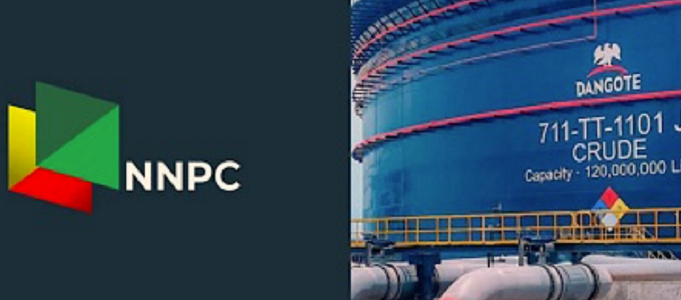 Dangote And Nnpc Understanding The Dynamics Of Petrol Pricing In Nigeria Thisdaylive
May 10, 2025
Dangote And Nnpc Understanding The Dynamics Of Petrol Pricing In Nigeria Thisdaylive
May 10, 2025 -
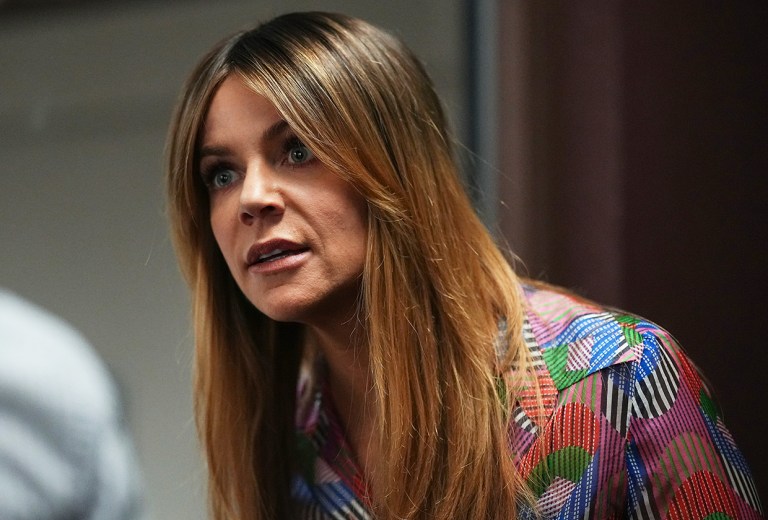 Kaitlin Olson And The Return Of High Potential Shows On Abc
May 10, 2025
Kaitlin Olson And The Return Of High Potential Shows On Abc
May 10, 2025 -
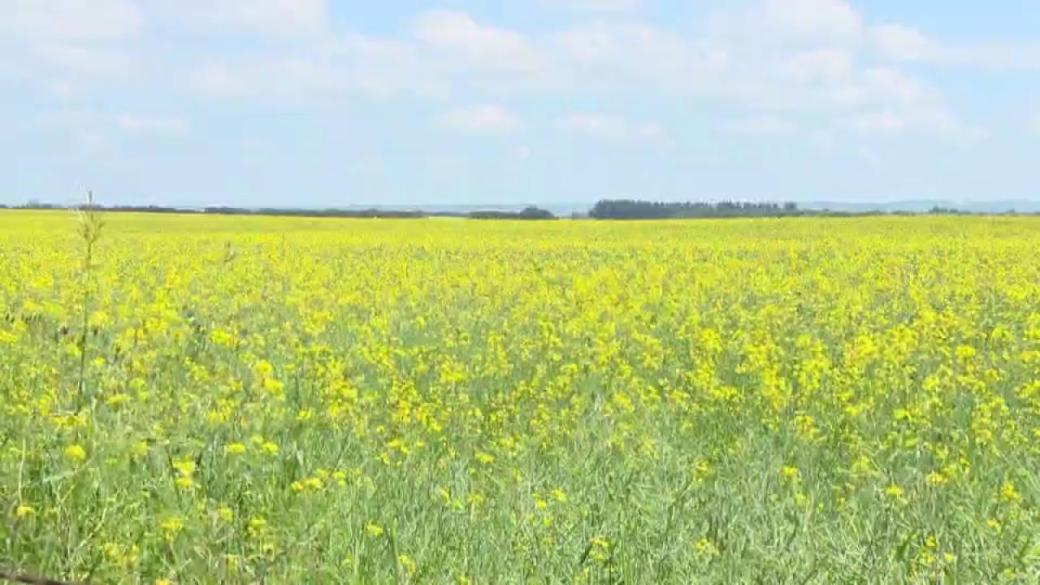 New Canola Suppliers Emerge As China Canada Relations Strain
May 10, 2025
New Canola Suppliers Emerge As China Canada Relations Strain
May 10, 2025 -
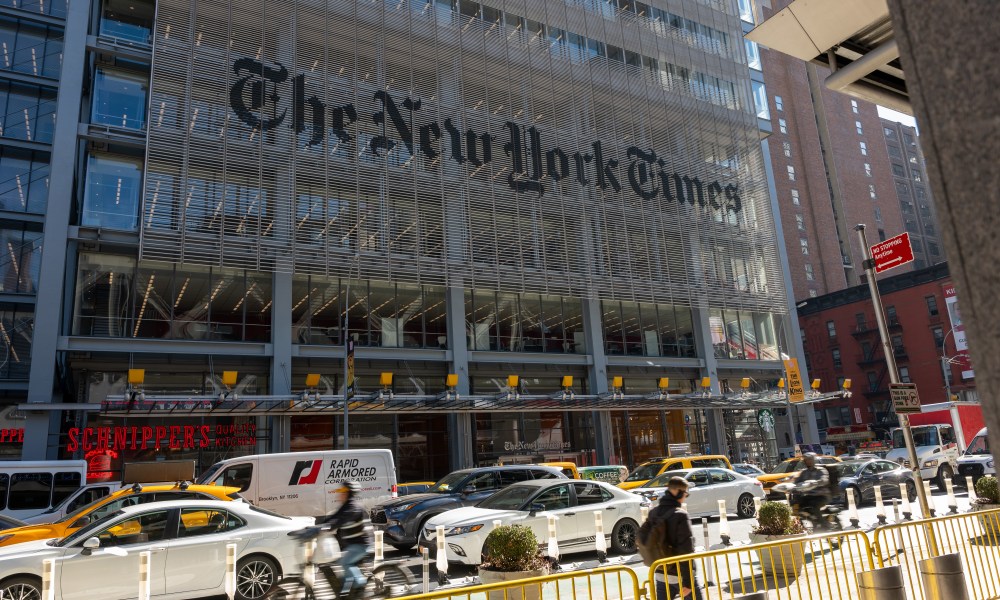 Wednesday March 12 2024 Nyt Strands Answers And Hints Game 374
May 10, 2025
Wednesday March 12 2024 Nyt Strands Answers And Hints Game 374
May 10, 2025 -
 Rumeysa Ozturk Tufts Student Released From Ice Custody Following Judges Order
May 10, 2025
Rumeysa Ozturk Tufts Student Released From Ice Custody Following Judges Order
May 10, 2025
